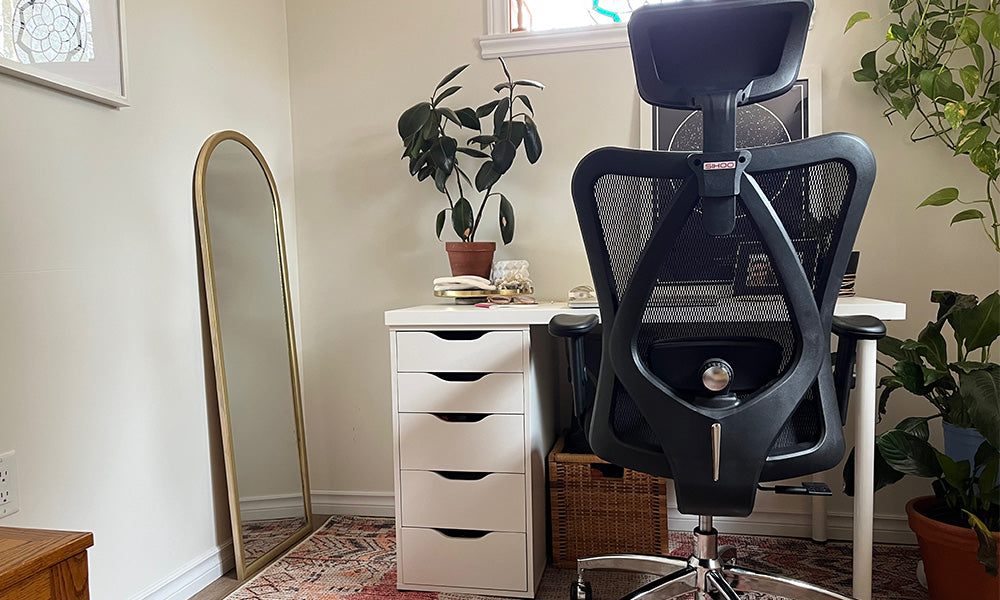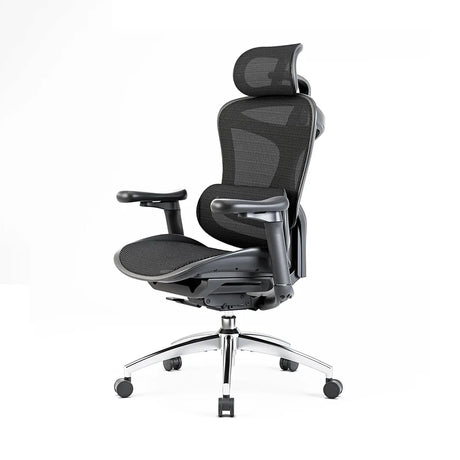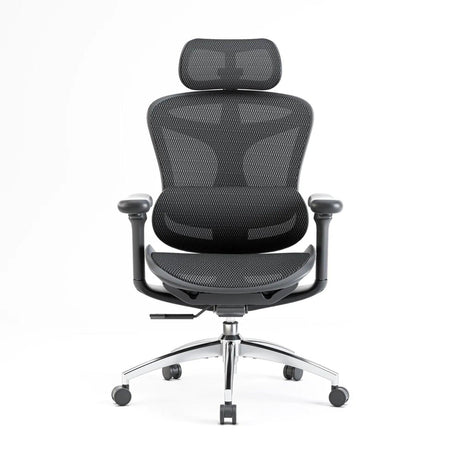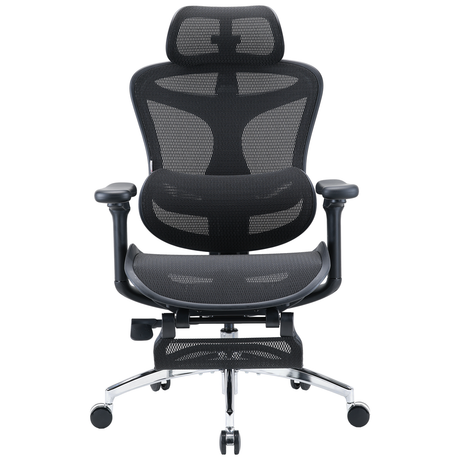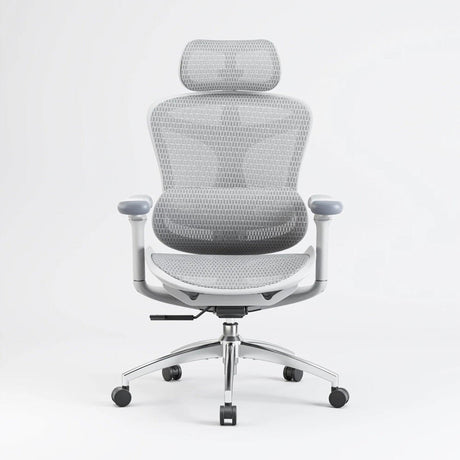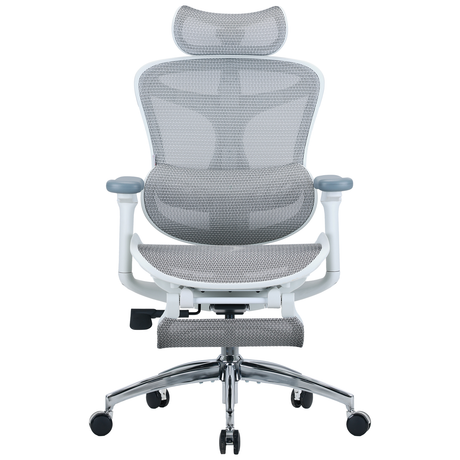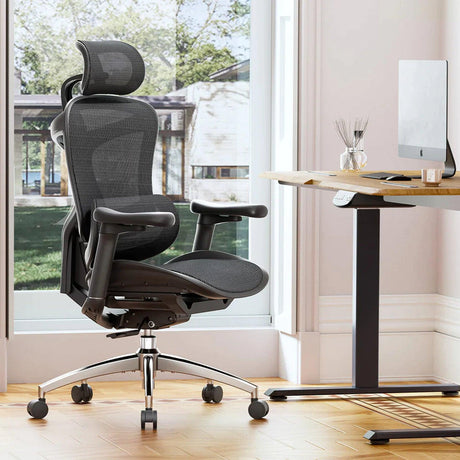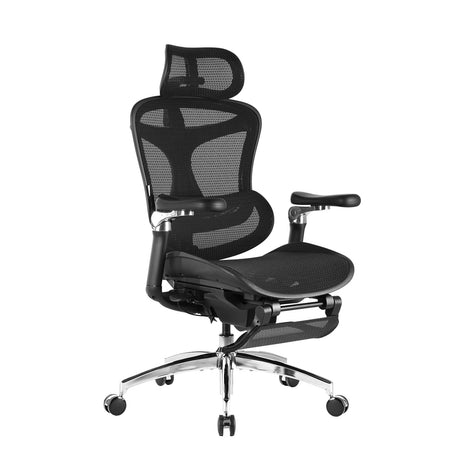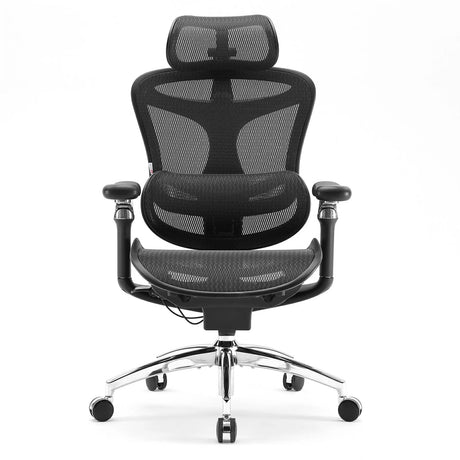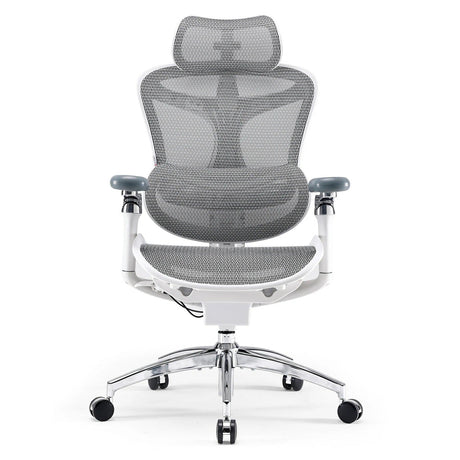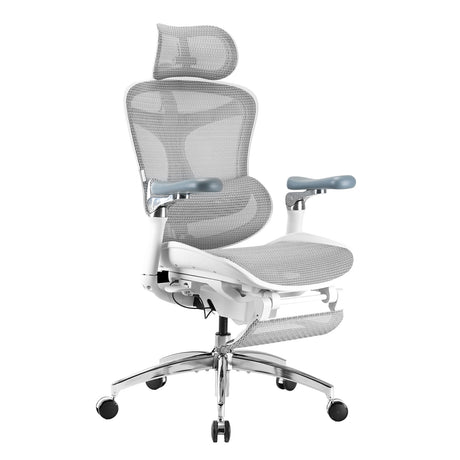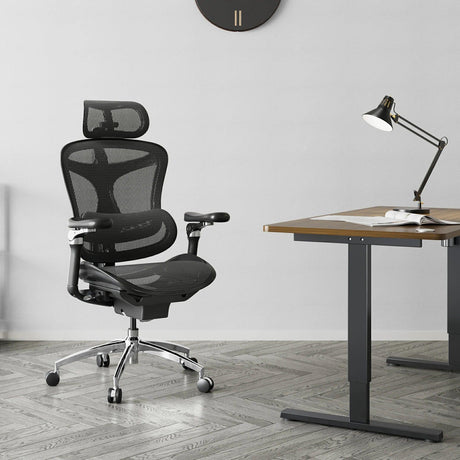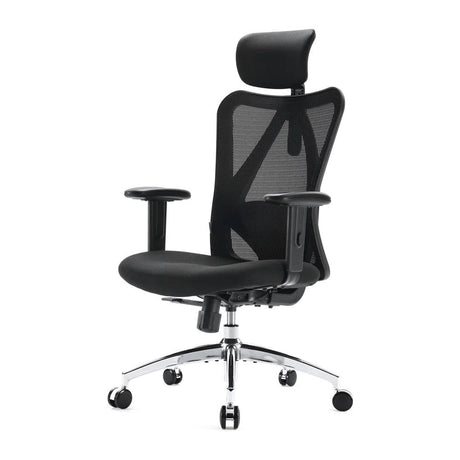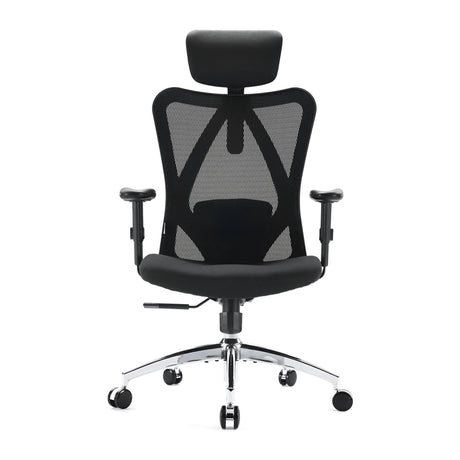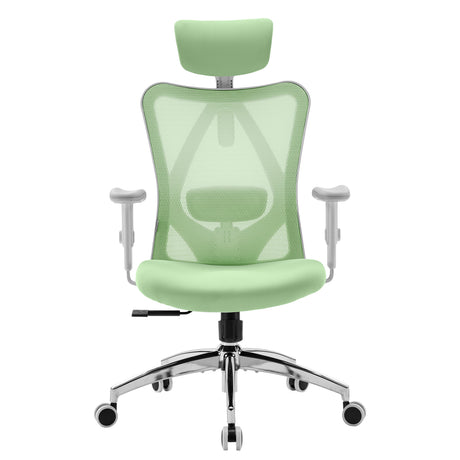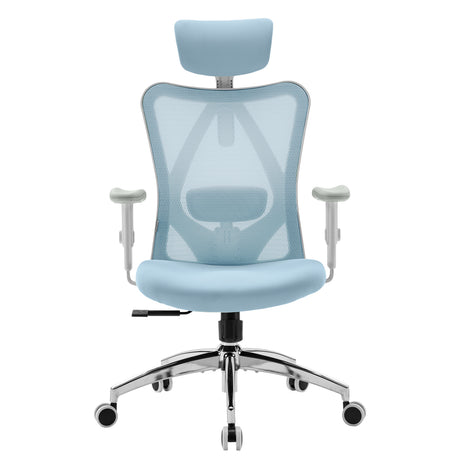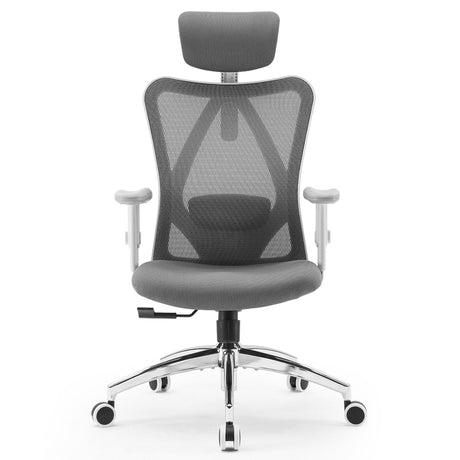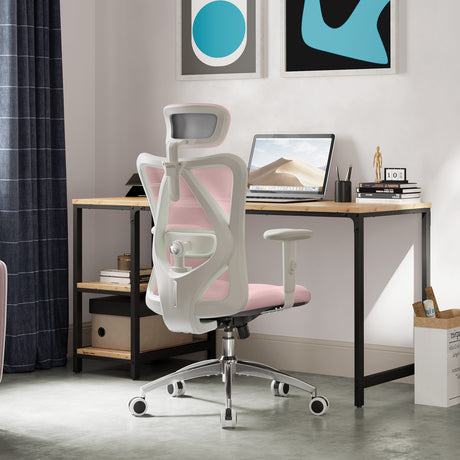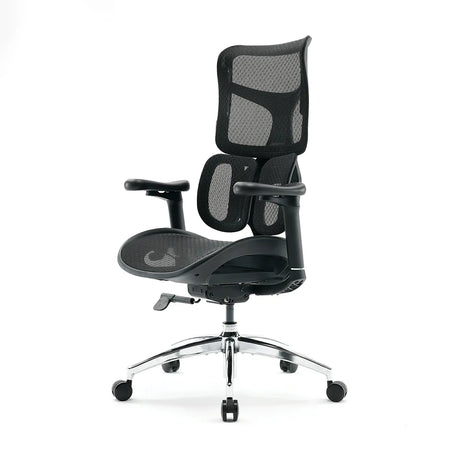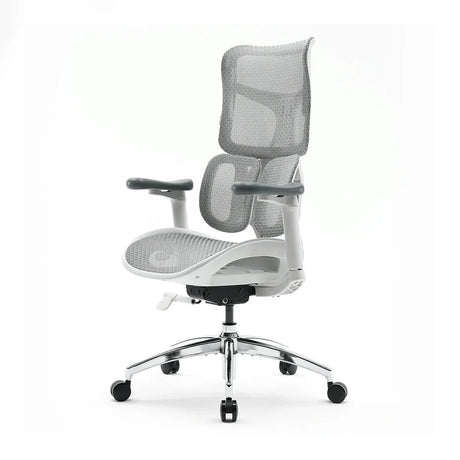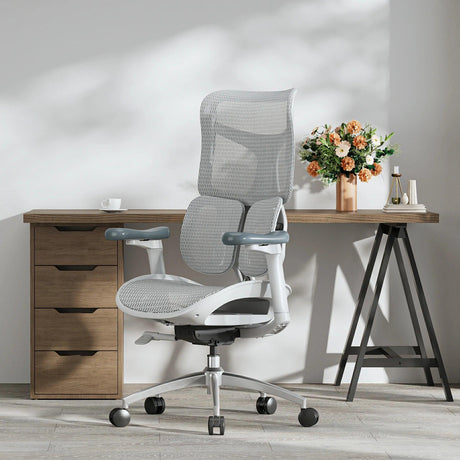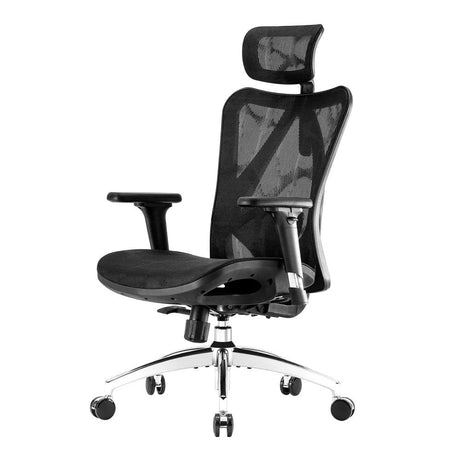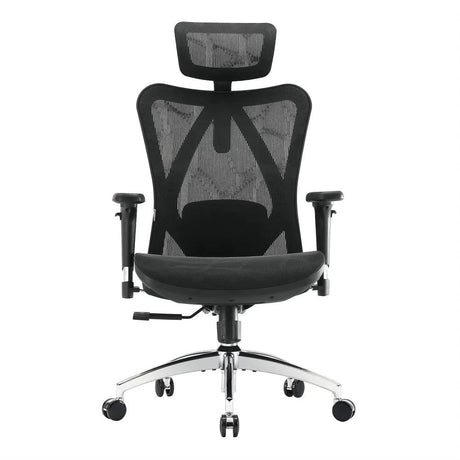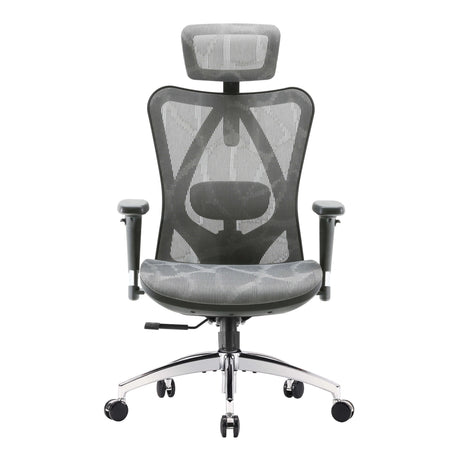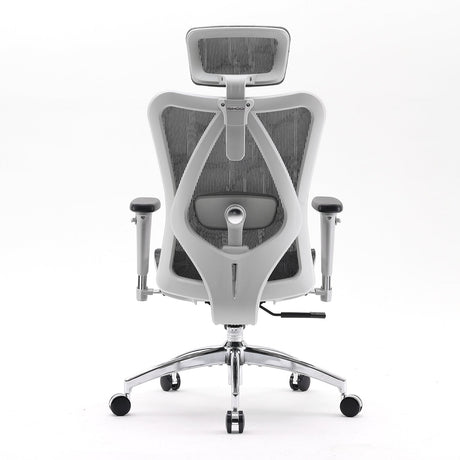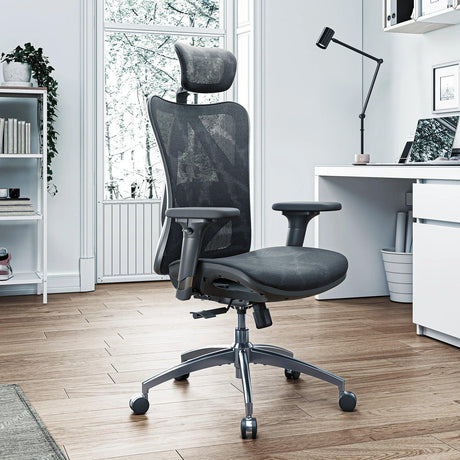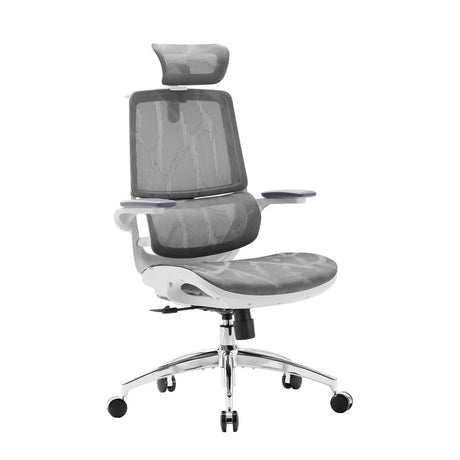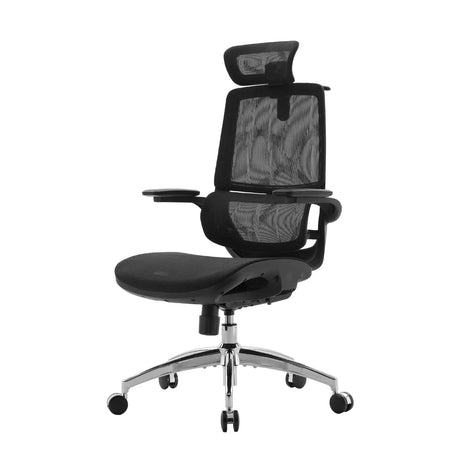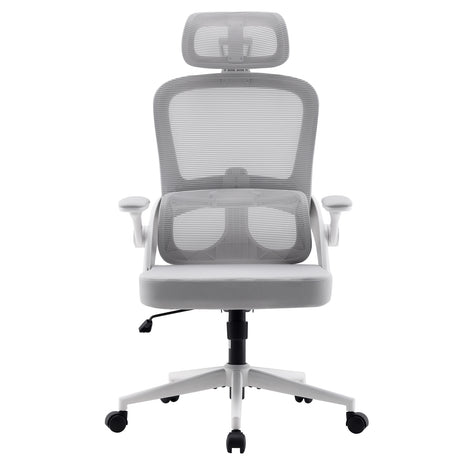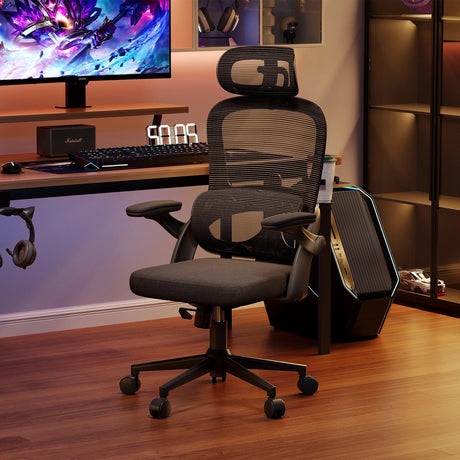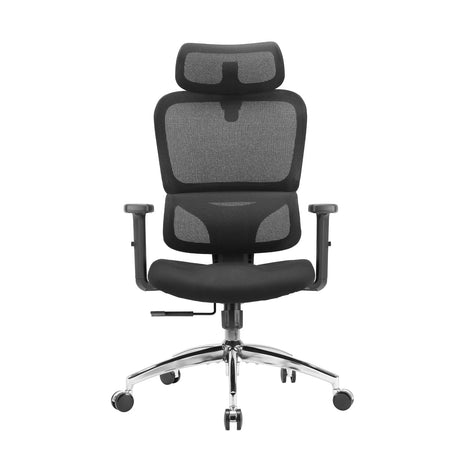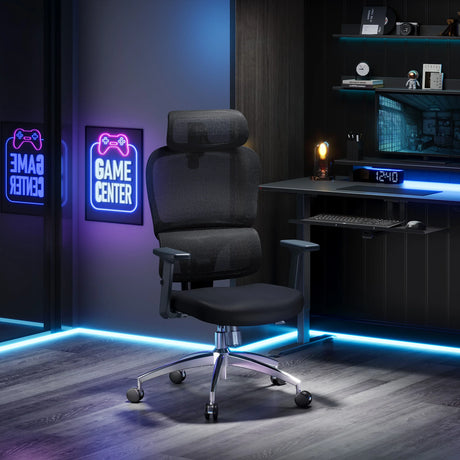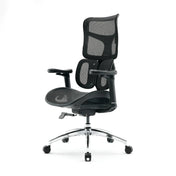When shopping for an ergonomic chair, one feature you’ll see mentioned a lot is lumbar support — and for good reason. Proper lumbar support helps maintain the natural curve of your spine, prevents slouching, and reduces back pain during long hours of sitting.
But as you dive deeper, you’ll notice two types keep popping up: Dynamic Lumbar Support and Adjustable Lumbar Support.
They sound similar, but they offer very different experiences. So, what exactly is the difference, and which one should you choose? Let's break it down.
What is Adjustable Lumbar Support?
Adjustable lumbar support is exactly what it sounds like: you adjust it manually.
Typically, you can move a lumbar pad up or down, in or out (to increase or decrease pressure), and sometimes even side to side depending on the best office chair design.
The idea is simple — you find the most comfortable setting and lock it in.
Common adjustable features include:
- Height adjustment (move the support higher or lower on your back)
- Depth adjustment (increase or decrease firmness)
- Tension control (adjust how firm the support feels)
Pros of Adjustable Lumbar Support:
- Customizable to your unique back shape and preferences
- Stays fixed once you find your sweet spot
- Budget-friendly — more common in mid-range ergonomic chairs
Cons of Adjustable Lumbar Support:
- Set it and forget it — it doesn’t adapt if you move around a lot
- Takes time to fine-tune the first time you use the chair
- Can feel rigid during dynamic movements
What is Dynamic Lumbar Support?
Dynamic lumbar support takes things a step further. Instead of manually adjusting the lumbar, the chair does it for you — automatically.
Dynamic systems are designed to move and adapt with your body as you shift positions, recline, or sit upright.
Depending on the chair model, dynamic lumbar support may use spring-loaded mechanisms, flexible panels, or even motorized systems to continuously respond to your posture in real time.
Pros of Dynamic Lumbar Support:
- Constant support no matter how you move
- Promotes active sitting, which can improve circulation and reduce stiffness
- Ideal for people who fidget or change positions often
- Feels natural and seamless
Cons of Dynamic Lumbar Support:
- Less control — you can't usually fine-tune the exact feel
- Higher cost — often found in premium ergonomic chairs
- Might feel “too responsive” for people who prefer a firmer, unchanging support
Real-World Examples: Sihoo Doro C300 vs Sihoo M18
To see these two lumbar styles in action, let’s look at two popular ergonomic office chairs from Sihoo: the Sihoo Doro C300 and the Sihoo M18.
Introducing the Sihoo Doro C300: Dynamic Lumbar at Its Best
The Sihoo Doro C300 is designed with a self-adaptive dynamic lumbar support system that intuitively adjusts to your body.
Whether you’re leaning forward to type or reclining to relax, the C300’s lumbar panel flexes and moves with you, maintaining constant support where you need it most.
Key features of the Sihoo Doro C300:
- Self-adaptive dynamic lumbar that adjusts automatically
- Flexible backrest for a natural range of motion
- 4D coordinated armrests to move with your posture
- Smart weight-sensing chassis for a smooth, balanced recline
- Breathable mesh seat and back for comfort all day long
The Doro C300 is a fantastic choice if you want a "set it and forget it" chair that keeps your back supported through every movement.
Introducing the Sihoo M18: Reliable Adjustable Lumbar Support
On the other hand, the Sihoo M18 offers a manually adjustable lumbar support that lets you control the height and depth of the backrest.
This chair is perfect if you prefer to fine-tune your lumbar support to your exact liking — and then lock it into place.
Key features of the Sihoo M18:
- Classic ergonomic design for reliable daily comfort
- High-density breathable mesh for better ventilation
- Multi-function tilt mechanism for customizable reclining
- Adjustable armrests and headrest to fit a wide range of users
The M18 provides a stable and consistent back support experience — ideal if you mostly sit in one position and like the feeling of tailored firmness.
Which Chair (and Lumbar Support) is Right for You?
Choose the Sihoo M18 and its adjustable lumbar support if:
- You want to manually control your lumbar settings
- You like a fixed, firm feeling once the chair is set
- You're looking for a high-quality ergonomic chair at a more accessible price point
Choose the Sihoo Doro C300 and its dynamic lumbar support if:
- You move frequently while you work
- You want a chair that adapts to every posture change
- You're ready to invest in a premium sitting experience with maximum back protection
Final Thoughts
When it comes to Dynamic vs Adjustable Lumbar, the real question is:
Do you want your chair to adjust to you — or do you want to adjust your chair?
Both styles offer excellent support if properly designed (like with Sihoo’s lineup).
No matter which you choose, upgrading to true lumbar support will transform your comfort, your posture, and even your productivity.
Your back will definitely notice the difference.
Happy sitting!
